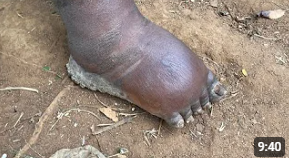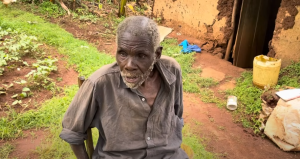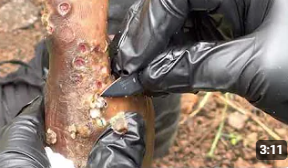
TREATMENT: In infected regions the sand fleas are often removed horrifically and
imperfectly by the sufferers themselves, using thorns, safety pins, hair pins or other sharp
objects at hand. With these, the
victims try to poke out the sand
fleas, their egg sacs, and larvae that
live under the skin.
Charitable organizations do come on
site and partially fill the gap between
the public and private sectors.
However, their resources are limited.
They use small scalpels which are
slightly more effective than the home-made tools used by the affected
people. Nevertheless, scalpels, pose their own hazards that arise from
unskilled or accidental wounding.
Removing the burrowed parasites can cause local inflammation if the parasite ruptures and in
doing so, introduces pathogenic bacteria into the wound–leading to further infection of the
lesion. Furthermore, using the same implements on several people one after another, risks the
spread of the hepatitis B virus (HBV), hepatitis C virus (HCV) or HIV. After removal of the
sand fleas and their habitats, the wound needs aftercare—such necessary things, as sterile
dressings, tetanus vaccination, pain relievers, etc., all of which are not available to the suffering
poor.
. INTERNATIONAL RESPONSES:
INTERNATIONAL RESPONSES:
WORLD HEALTH ORGANIZATION (WHO): At the 66th World Health Assembly,
members agreed to increase and assimilate tactics against hidden or
ignored tropical disease epidemics such as Tungasiasis and to plan
investments to improve the health and social well-being of affected
populations. WHO works with Member States and partners to ensure
the implementation of resolution WHA66.12. Despite such
agreements, within WHO and within other international agencies,
Tungasiasis is a spreading disease in Africa, Central and Southern
America, India and other Asian nations. Additional reports of
intervention are shown in the sources reported at the end of this
document in the section of Research Sources.



